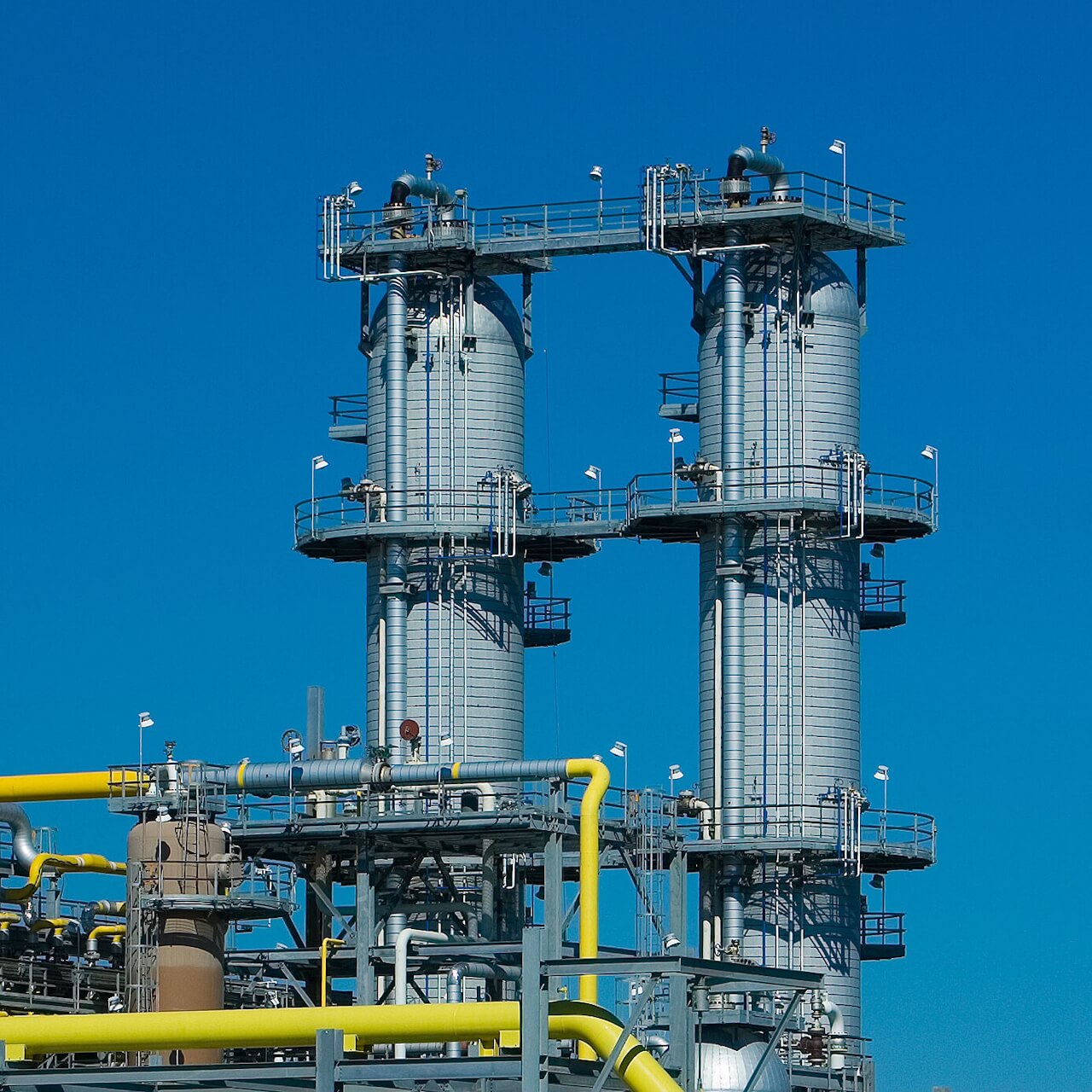
The entire Carbon Capture and Storage (CCS) industry is set to grow over the next few years, with numerous projects poised to materialise and increase the global capacity.
Text & images by Alleima
Carbon capture and storage is seen as an important tool for reducing carbon in the air as well as direct capture from emission sources. The momentum has continued to grow over the last few years; CCS has grown by 44% over the last year. The current CO2 capture capacity has grown to 244 metric tons per annum (Source: Global CCUS Institute).
“Various industries like steel, cement, hydrogen (blue), and conventional oil and gas production are actively looking at possibilities to retrofit carbon capture units and reduce their emissions. This is also being incentivised by various governments, especially the USA, who have drafted policies and incentives to meet their net zero emissions targets” says Karan Jain, Renewables Lead for CCS, Alleima.
CCS a viable solution
The idea of storing CO2 deep underground in geological formations like depleted oil and gas reservoirs or saline aquifer formations is seen as a viable solution because it can store CO2 safely for a very long time. The oil and gas industry is heavily focused on safety and preventing accidents, and that mindset is also being transferred to carbon storage. So, all the wells being used require field-specific considerations to be able to resist whatever environmental properties exist there. Alleima can provide the types of corrosion-resistant alloys that can resist those environments, so we see a growing demand for those types of products.

“Storing CO2 underground requires it to be injected as a supercritical fluid at high pressure, and this means that the tubing for the injection must be able to withstand the harsh conditions in which it will operate, both during periods of injection and at steady-state,” adds Karan. The process of injecting CO2 to enhance oil recovery is a well-known practice in the oil and gas industry. Alleima has extensive knowledge of corrosion mechanisms involving CO2 with impurities as well as formation environments, often including chlorides and H2S together with low pH and high temperature, and a strong portfolio of manufacturing special alloy tubes that can withstand these corrosive environments. Together with its Alliance partner Tenaris, Alleima received an order for a major CCS project in the first half of 2023. There are quite a few companies that are in the process of testing alloys in various laboratory conditions to determine the suitability of the material for some corrosive conditions. Alleima works closely with some of the companies and laboratories for testing purposes. The entire industry is set to grow over the next few years as various CCS projects are poised to materialise and increase the capacity of carbon capture globally. We see possibilities of corrosion-resistant tubing being used when the well conditions are tough.
About this Tech Article
This tech article appeared in Stainless Steel World, November 2023 magazine. To read many more articles like these on an (almost) monthly basis, subscribe to our magazine (available in print and digital format) – SUBSCRIPTIONS TO OUR DIGITAL VERSION ARE NOW FREE.
Every week we share a new Featured Story with our Stainless Steel community. Join us and let’s share your Featured Story on Stainless Steel World online and in print.

